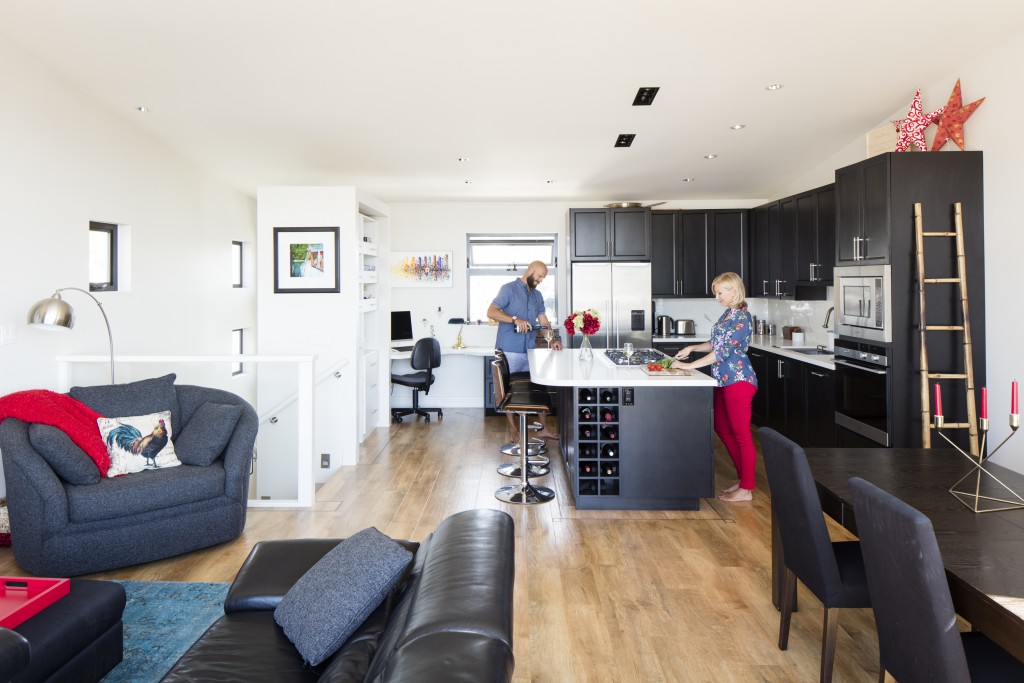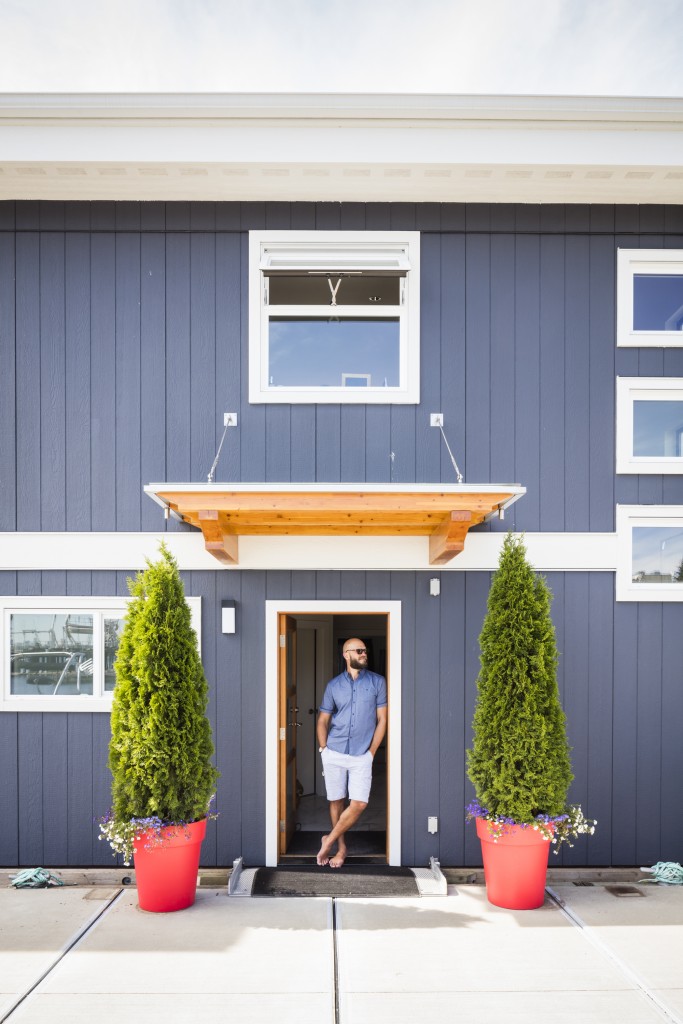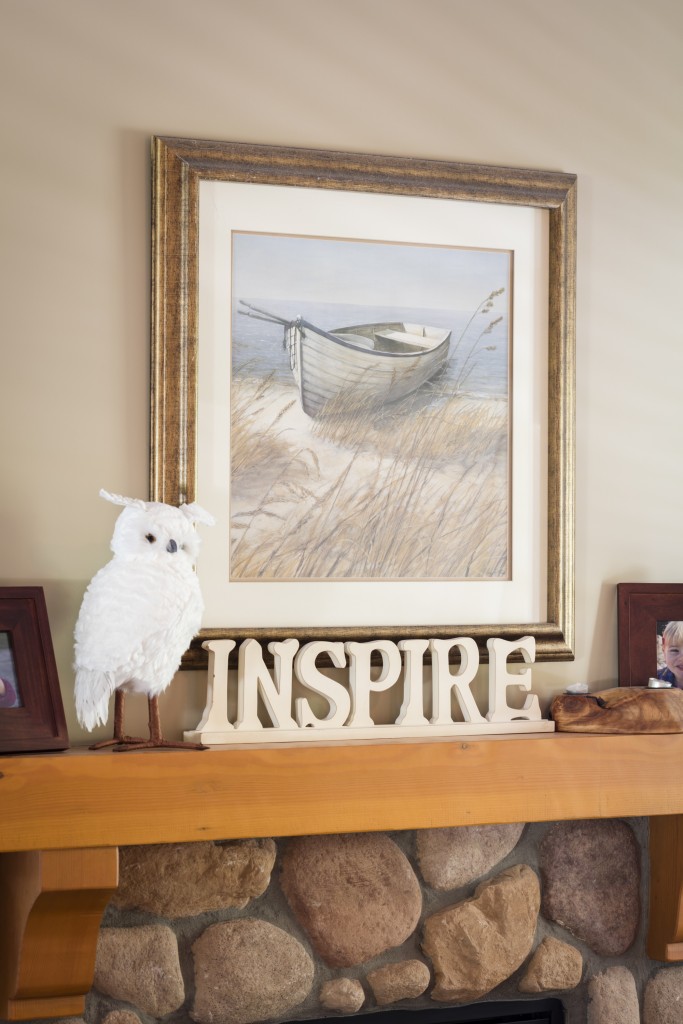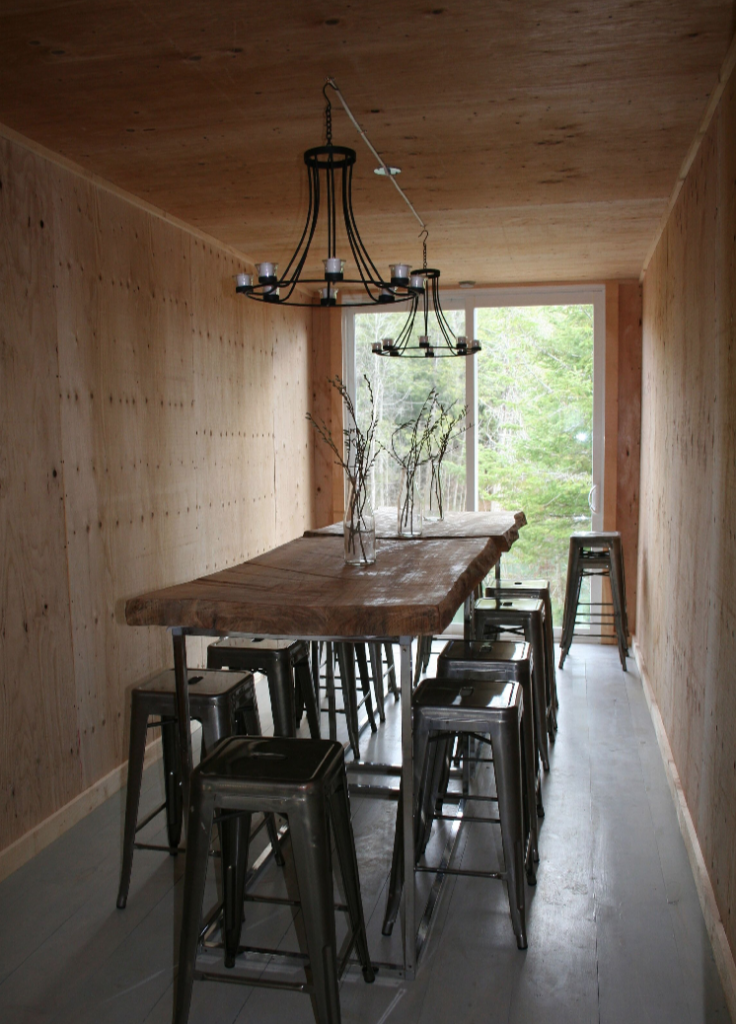To hell with this home market
Bidding wars. Crushing mortgages. These homeowners have taken the path less travelled and said goodbye to all that
Advertisement
Bidding wars. Crushing mortgages. These homeowners have taken the path less travelled and said goodbye to all that




Share this article Share on Facebook Share on Twitter Share on Linkedin Share on Reddit Share on Email
It’s the time I have read about alternate living. I knew nothing about it.
We are both 75 yrs young and open minded.
We could not build these alternative homes however we could buy a resale.
I would live in anyone of these homes.
We are attracted to the home on the water.
We have a large home to sell in Niagara Falls
Ontario. It’s worth around $650,000.00. maybe more.
We have a large home as we were long term foster parents to 6 boys, they are now independent. They are the same as bio children to us.
We find ourselves unable to buy a small home
As we owe the bank on our Morgage $200,000. We cannot afford the rentals.
Even if we could we both hate condo living.
Any ideas what could suit us in the last years we have left, please advise us if you do not mind. We feel desperate at this time of our lives. Thank you.
Due to the large volume of comments we receive, we regret that we are unable to respond directly to each one. We invite you to email your question to [email protected], where it will be considered for a future response by one of our expert columnists. For personal advice, we suggest consulting with a qualified advisor.